The 5 best states to live in this year — and the 5 worst
A new study ranked all 50 states based on factors like affordability, education, and quality of life
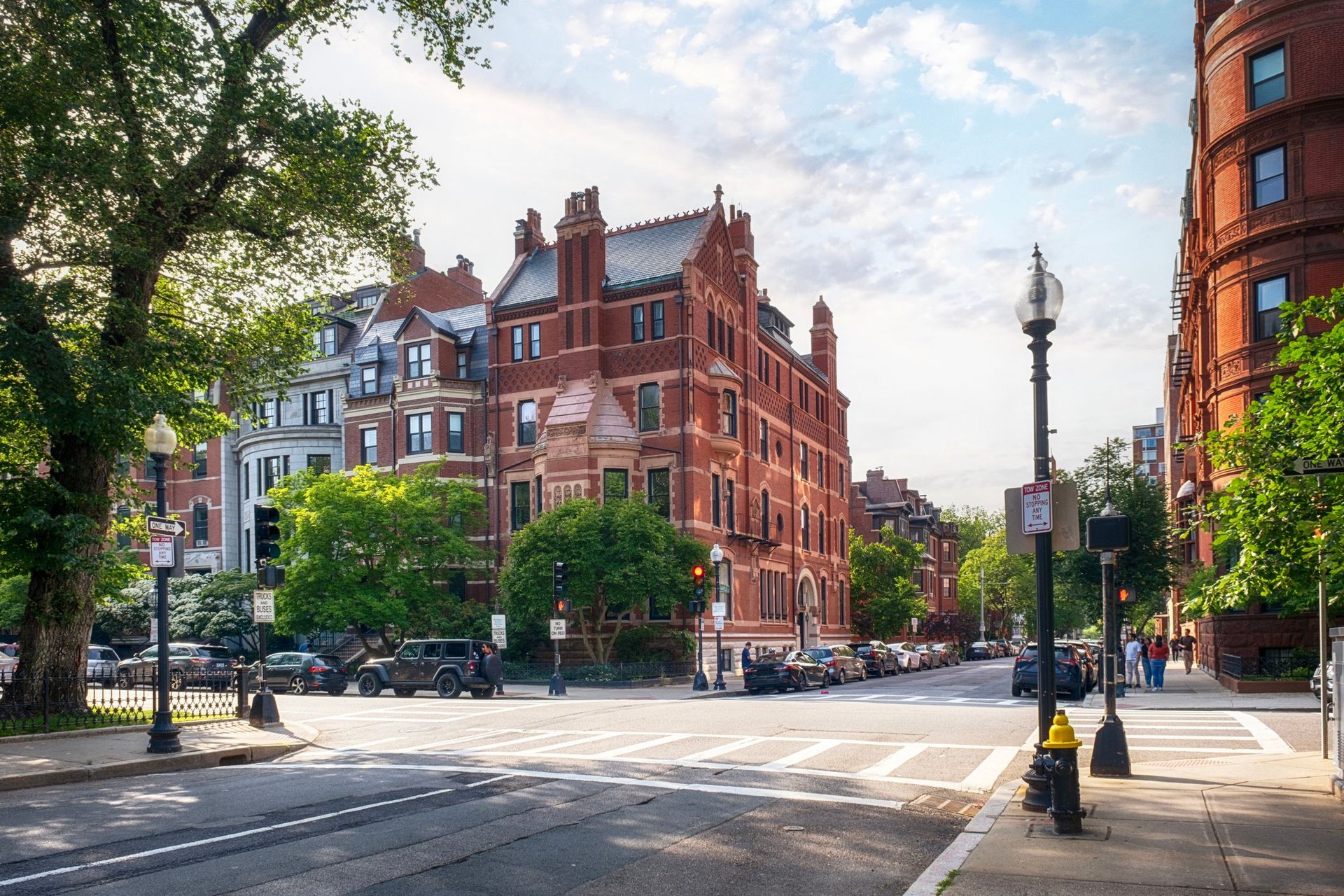
Choosing where to live is one of the most important decisions a person can make. It’s not just about the cost of living — health care, safety, education, and quality of life all weigh heavily on whether a location truly makes a great home.
A new WalletHub analysis compared all 50 U.S. states across 51 key indicators of livability, dividing the data into five main categories: affordability, economy, education & health, quality of life, and safety. It considered everything from housing affordability and income growth to health outcomes, crime rates, infrastructure quality, and recreational access.
“When deciding on a place to move, you should first consider financial factors like the cost of living, housing prices, and job availability,” said WalletHub analyst Chip Lupo. “Many states have strong economies, though, so you should also consider how where you live will impact your health and safety, and whether you will have adequate access to activities that you enjoy. If you have children, a robust education system is also key.”
The results show that while some states excel in safety and opportunity, others fall short in multiple categories, making them less ideal places to live.
Continue reading to see the best — and worst — states to reside in.
2 / 11
5th best: Minnesota
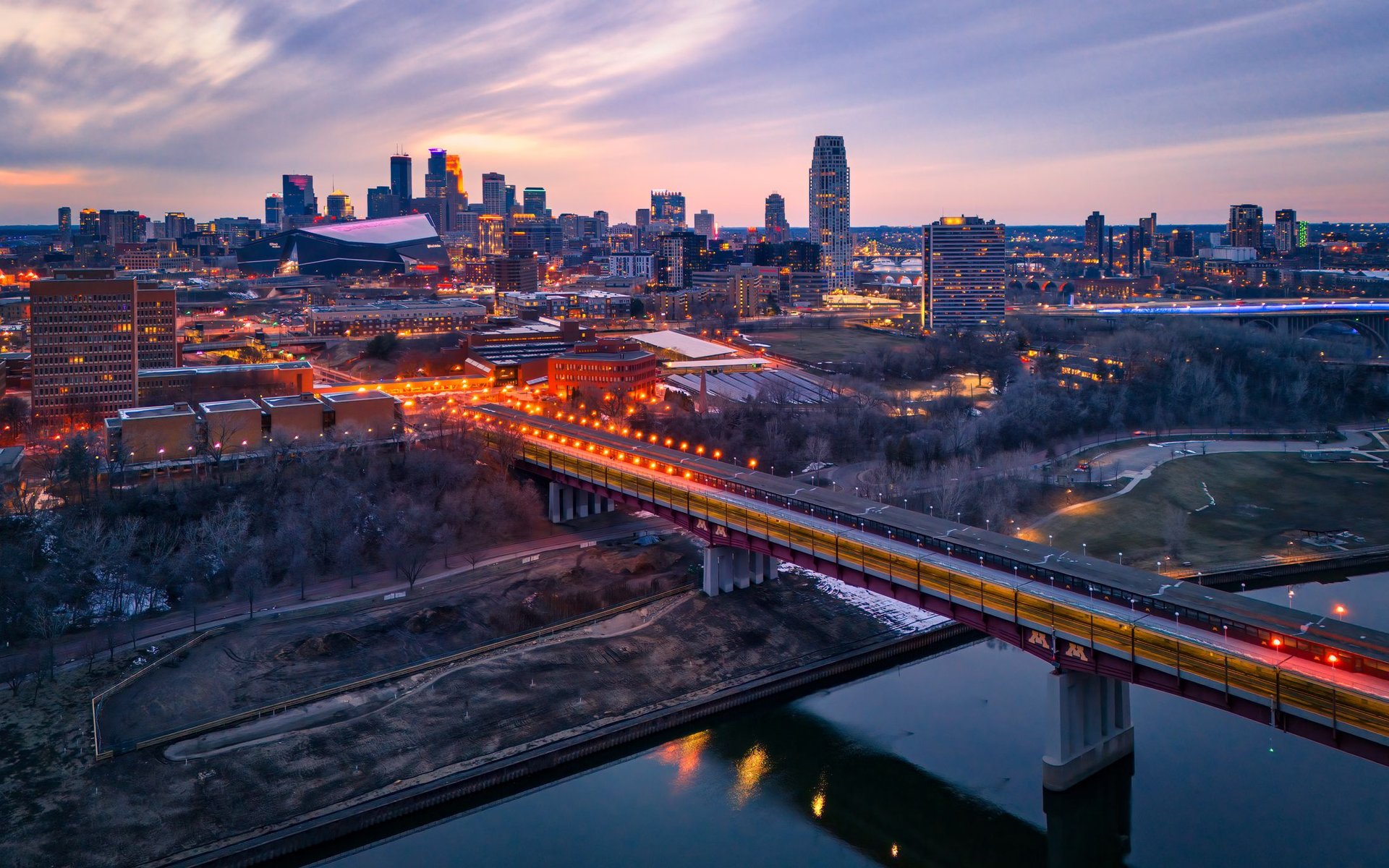
lavin photography / Getty Images
Minnesota scored highly in part because of its solid median household income. It has the third longest life expectancy in the nation, which helped it secure the fifth spot. WalletHub also said the state offers extensive parks, a strong job market, and highly-rated public schools.
3 / 11
4th best: Wisconsin
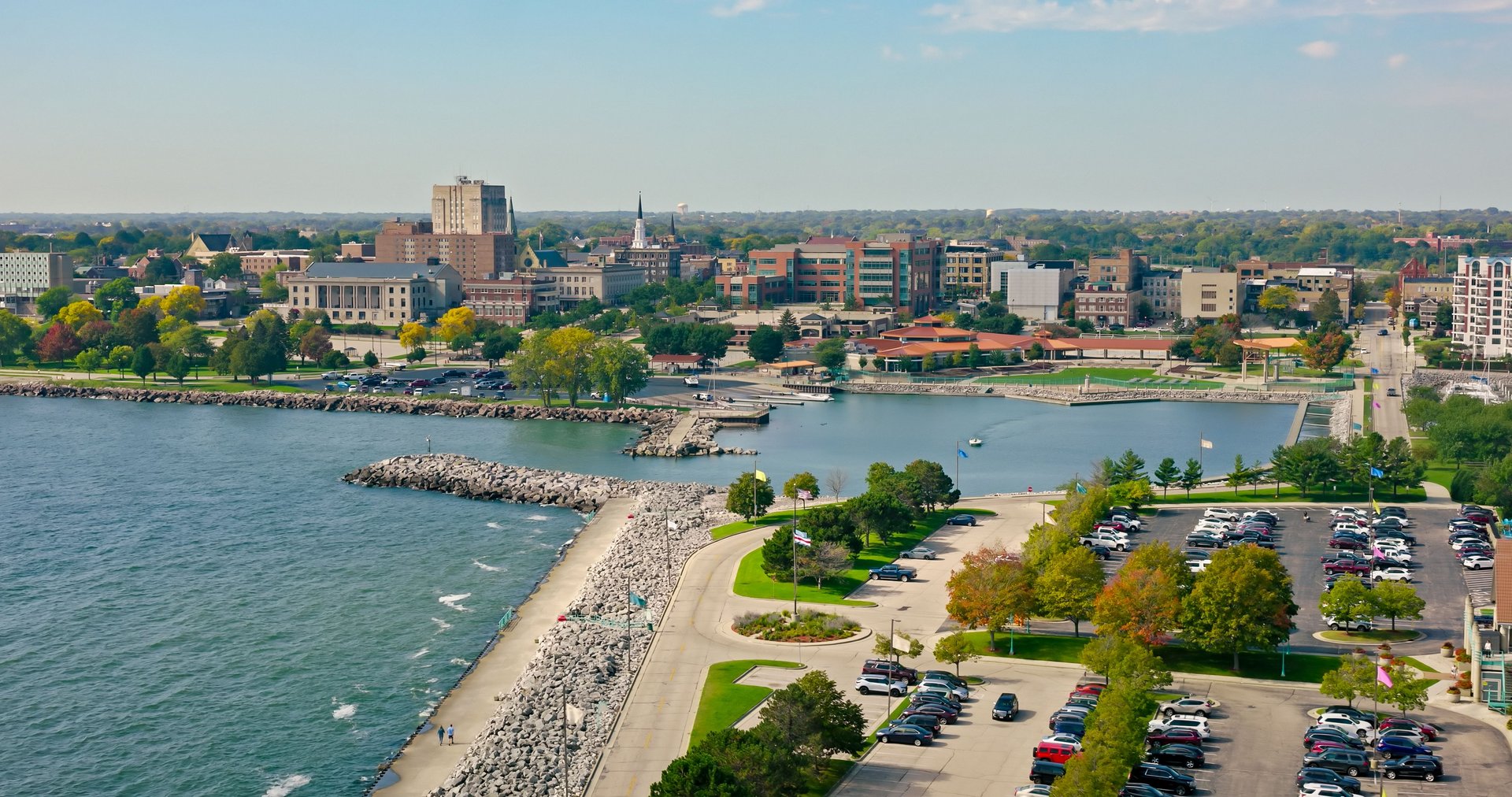
halbergman / Getty Images
Wisconsin's ranking is supported by its affordable housing and stable economy, coupled with a relatively low violent crime rate of under 300 incidents per 100,000 people. Education quality is also strong, with above-average high school graduation rates.
4 / 11
3rd best: New Jersey
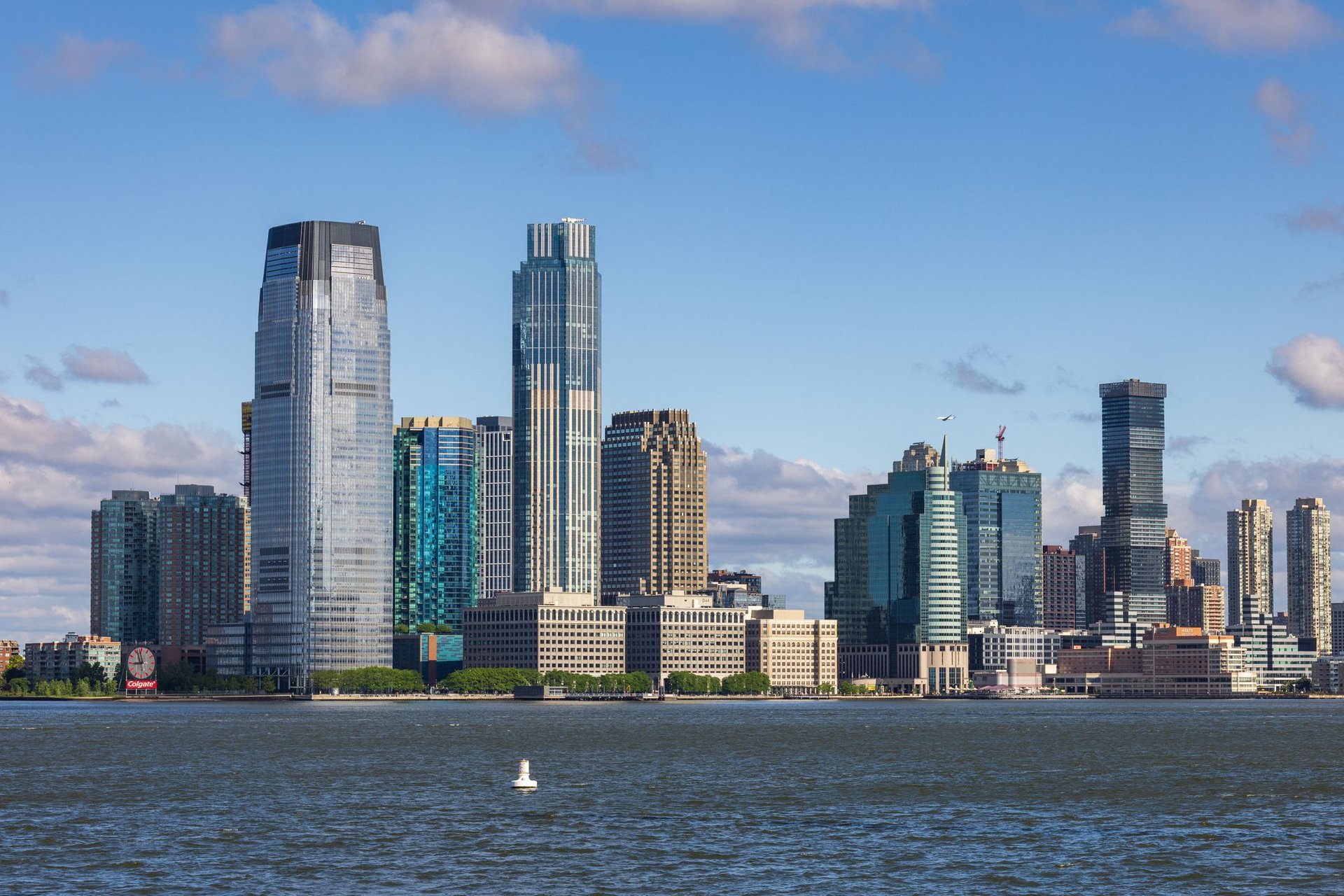
John Hudson Photography / Getty Images
New Jersey ranks third, with a median household income exceeding $101,000, one of the highest in the nation. The state has low poverty levels and good access to healthcare services. Residents benefit from plentiful recreational opportunities and a relatively low violent crime rate.
5 / 11
2nd best: Idaho

Steve Smith / Getty Images
Idaho stands out for its low tax burden, including no state income tax, and a low median property tax rate, allowing residents to keep more of their earnings. It also has one of the fastest-growing economies, and its violent crime rate is below the national average at approximately 260 per 100,000 people.
6 / 11
Best: Massachusetts

tunart / Getty Images
Massachusetts tops the list, driven by the highest education ranking in the nation and excellent healthcare outcomes. The state boasts the lowest premature death rate and near-universal health insurance coverage at 97.4%. While the cost of living is high, that's mostly offset by a median household income that tops $101,000. Massachusetts also has one of the lowest property crime rates nationwide and good public transportation access.
7 / 11
5th worst: Alaska

Posnov / Getty Images
Alaska has a strong economy but faces major challenges with its high cost of living and limited healthcare access, especially in remote areas. It ranked dead last in WalletHub's quality of life measure, in part due to the infrastructure challenges faced by residents in rural areas of the state.
8 / 11
4th worst: Mississippi

Feifei Cui-Paoluzzo / Getty Images
Mississippi ranks near the bottom in part due to having the lowest median household income and one of the highest poverty rates in the country. Healthcare and education outcomes lag, but the state did manage to nab fourth place for affordability.
9 / 11
3rd worst: Arkansas
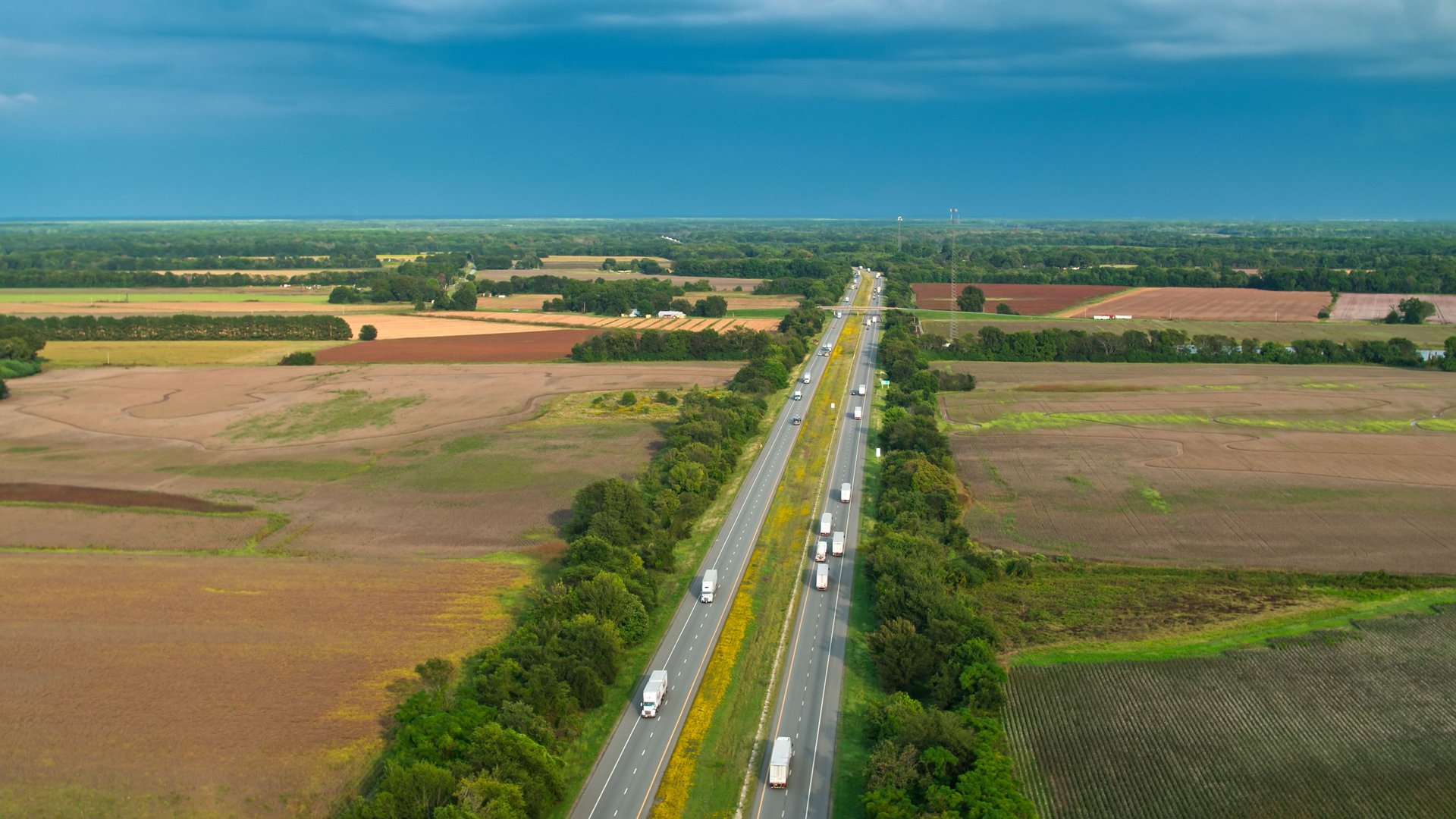
halbergman / Getty Images
Arkansas struggles with education and healthcare access, which significantly brought down its scores in WalletHub's ranking. Crime is high and economic growth remains slow, and the state's relatively affordable housing wasn't able keep it out of the bottom three overall.
10 / 11
2nd worst: Louisiana

Sam Spicer / Getty Images
Louisiana’s rank suffers under one of the country’s highest violent crime rates in the country and high rates of poverty. Infrastructure issues, particularly with roads and bridges, further affect daily life, and the state’s median household income remains below the national average,
11 / 11
Worst: New Mexico
.jpg)
Brad McGinley Photography / Getty Images
New Mexico came in last, with low scores for education, economic opportunity, and health care. While it came in 25th for affordability, its poverty rate is among the highest in the country and its crime rates are elevated.
